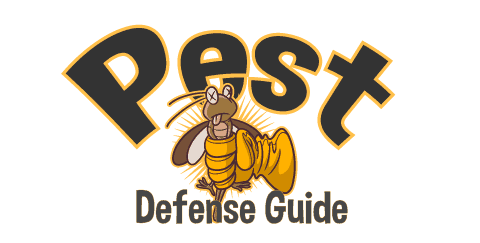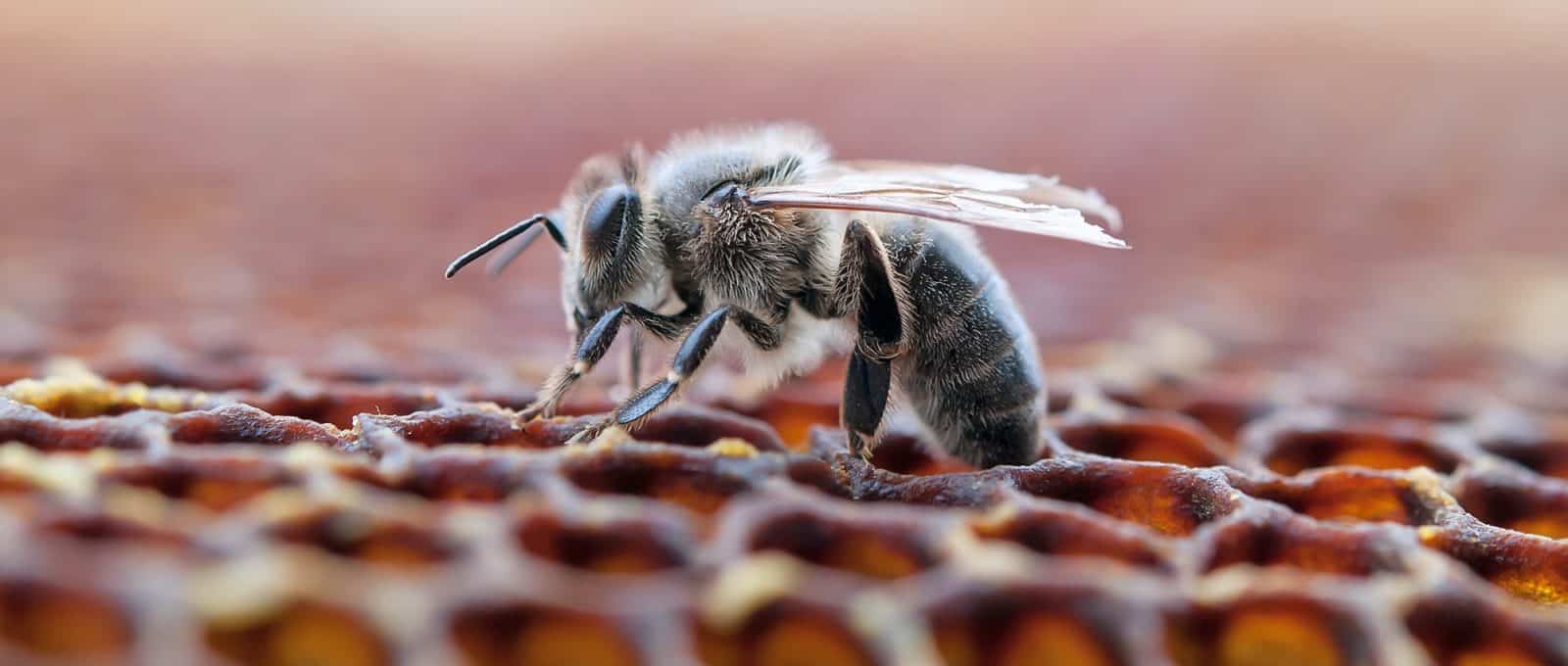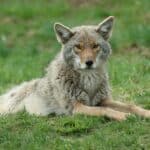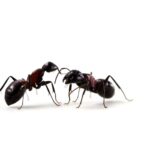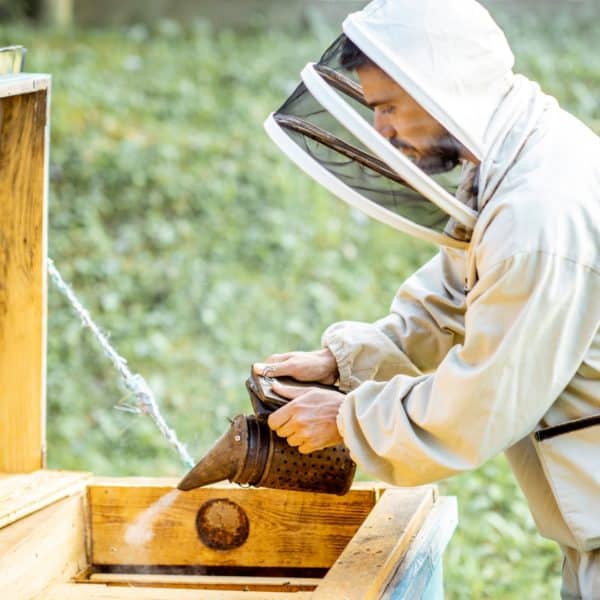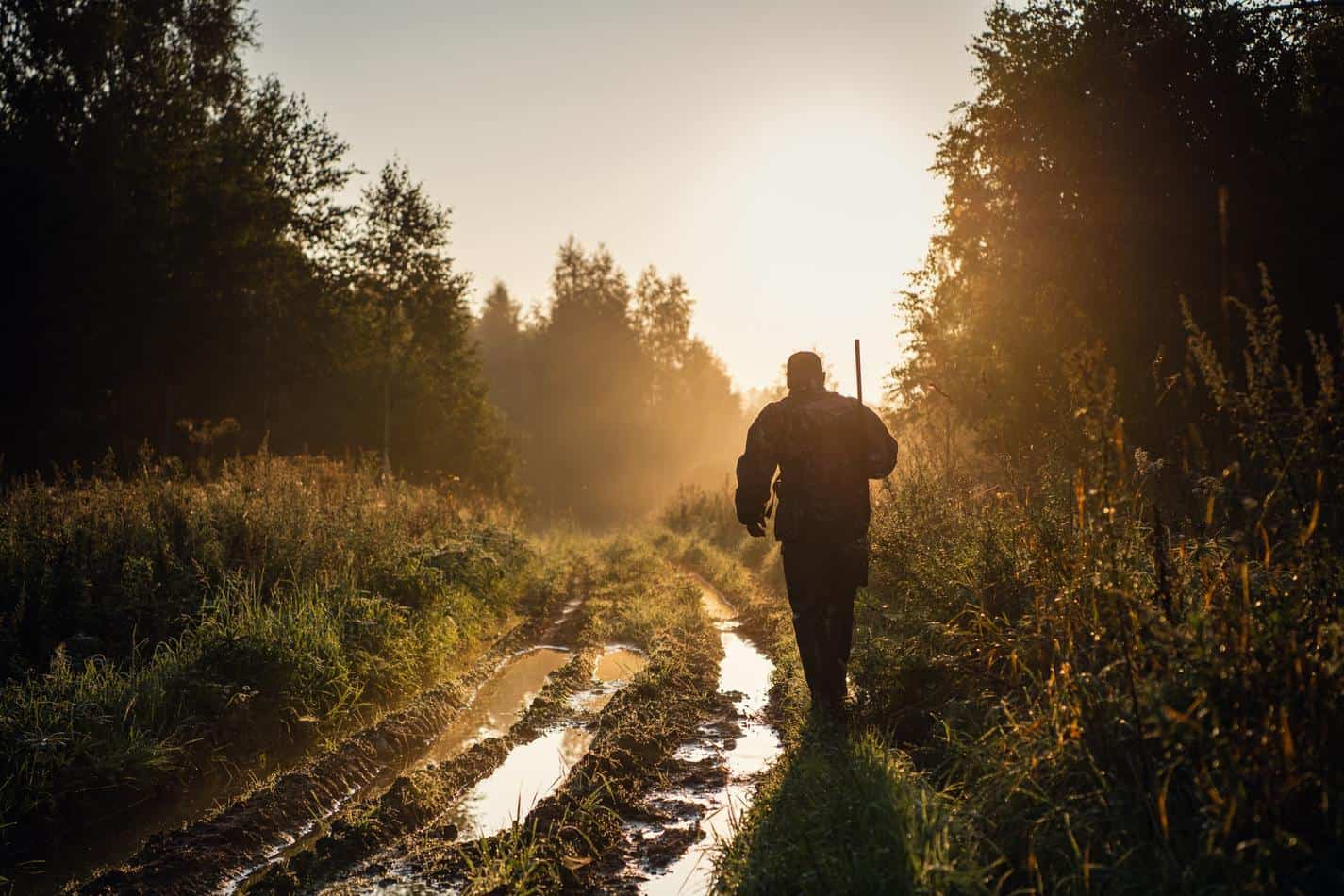I’m far from a green thumb but I attempted to plant a few vegetables on my own this year. I went out to my garden the other day and saw that I still did not have any squash on my plants, despite the many squash flowers that had bloomed. It got me wondering what I need to do in order to attract more pollinators, especially honey bees, to my garden. Squash flowers are beautiful of course, but I want the squash!
When the flowers of vegetable plants are not pollinated, the flowers do not turn into squash. Unfortunately, I do not have the time to go around, sticking my finger in all the flowers and rubbing the pollen onto the other flower. It is also just a little weird, and makes me appreciate the honeybees a lot more. They have a lot of hard work to do.
So, how do I attract pollinators, especially honeybees, to my garden?
Bees are looking for two things: nectar and pollen. Nectar is the honey bees’ source of energy, as it is loaded with sugars. Pollen provides the bees with their balanced diet of proteins and fats. When you plant a garden, it is important to make sure you are planting flowers that:
- are local and native
- diverse in color
- different shapes
- staggered to bloom throughout the entire year
- do not use pesticides
- clumped together
- not hypridized
If you plant a garden keeping this in mind, you are sure to have a very active and thriving population of honey bees.
Local and Native Plants
According to studies, local and native plants are about four times as likely to attract honeybees compared to exotic flowers. Plants must be able to survive until they are mature enough to produce flowers. Local and native plants are more suited to survive in the growing conditions, with very minimial attention and upkeep required on your behalf. Feel free to get creative.
You do not have to grow just flowers. Bees love perennials (they come back on their own every year), and herbs. Not to mention, you get to enjoy these plants as well. Heirloom varieties are typically more resistant to disease.
While you may want to grow a garden, it is also a good idea to let some native plants grow wild around you. It will help the bees acclimate to your home, and they will stay for the long term.
Diverse in Color
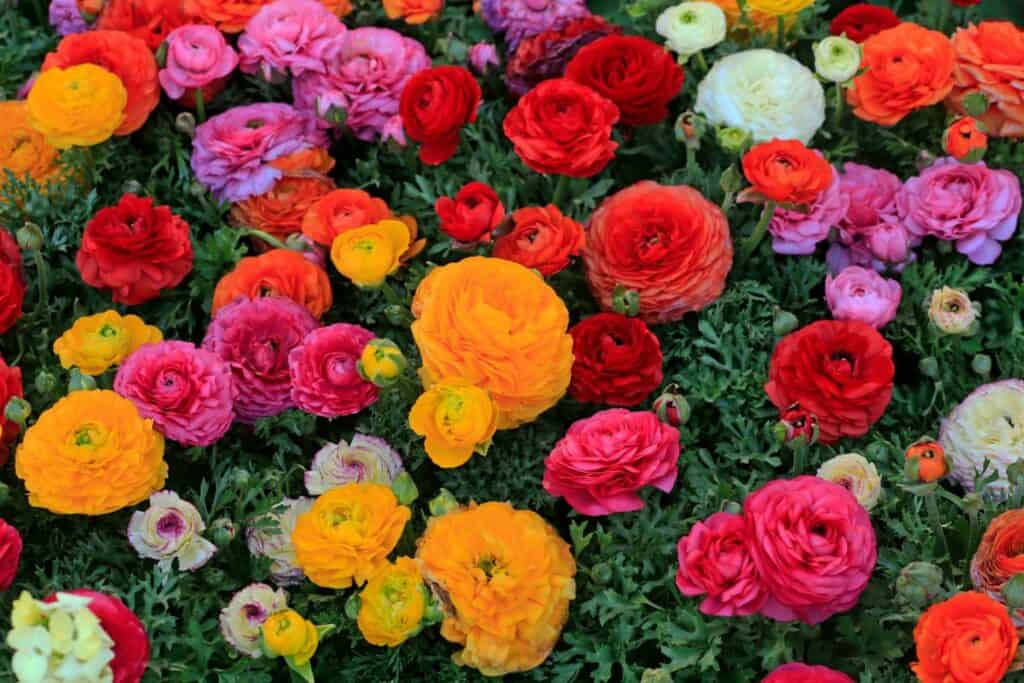
Flowers are colorful by design. Yellow, white, blue, purple, and violet flowers especially attract the honey bees, as bees have excellent color vision. The colors help the bees find the nectar and the pollen. When planting flowers in your garden, try to plan for having these colors.
Different Shapes
Some plants produce a single flower, like daisies, zinneas and marigolds. These flowers are great for the bees, as the single flower produces much more nectar than plants that produce multiple flowers, like double impatiens. Plants with multiple flowers at the head may be beautiful to have in the garden, but if your goal is to attract the honey bees, you need to have plenty of flowers that make it easy for the honey bees to access the nectar.
Providing a range of different flower shapes will be sure to attract plenty of different bees. There are over four thousand species of honeybees in North America. This means that bees are different sizes and have different tongue shapes, and will want to feast on different flowers. The more diverse the flowers are, the more diverse your honey bee population will be.
Staggered to Bloom throughout the Entire Year
Different bees are active at different types of the year, so it is best to make sure that you have blooms year-round. By doing so, you can attract the many different types of bees that are active at different times of the year. It is a good idea to plant flowers that grow best in three different seasons. For example:
Spring: crocus, hyacinth, borage, calendula, wild lilac
Summer: bee balm, cosmos, echinacea, snapdragons, floxglove, hosta
Fall: zinneas, sedum, asters, witch hazel, goldenrod
Clumped Together
You can attract more bees by planting clumps of the same species of flowers together. Bees like to stay in a relatively localized location when they are flying around, rather than hunt for that specific flower species that is scattered throughout a garden. Clumps of flowers that are at least four feet in diameter is ideal.
Do NOT Use Pestides
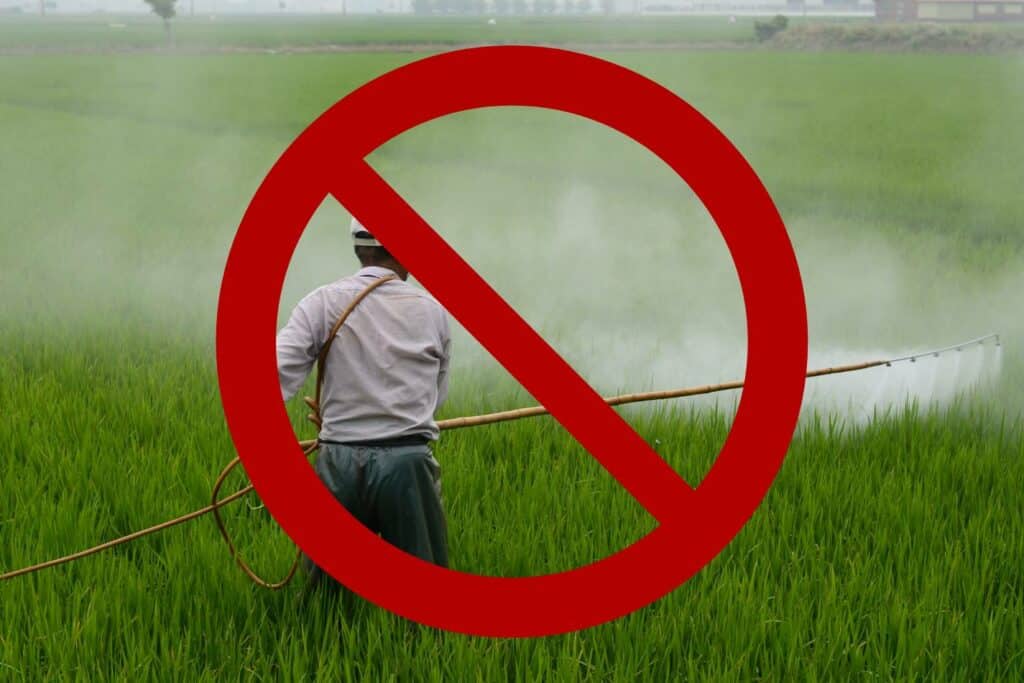
Pesticides are designed to kill bugs. It does not matter which type of bug. Most pecticides kill all the bugs, not just the annoying ones. If you spray your plants, you will kill the honey bees. Even natural pesticides, like garlic spray, is incredibly toxic. Rather than spray, take the time to observe what bugs are populating your garden. They might not be all bad. If you must spray, however, spray only at night, and avoid certain sprays that kill the “weedy” plants that pollinators like.
Ladybugs, praying mantises, and spiders are great for keeping the pests in check. At the end of the day, it is a good reminder to recognize that you are planting a garden for the honey bees and other pollinators. It might take some time, but Mother Nature will find a balance without you having to intervene.
Not Hybridized
Some plants are hybridized to be disease resistant, be larger and more colorful, and have longer blooms, but this hybridization also reduces the production of nectar and pollen, and can make the plant sterile. Honey bees and other pollinators are smart. They do not waste their time on sterile plants.
Other Suggestions
It is great that you want to learn how to attract pollinators, and especially honeybees to your garden. Here are some additional suggestions:
Water Baths
Keep in mind that all beings need water, so it is a good idea to provide the honeybees with an intentional mud puddle, a bird bath, or a shallow dish. Other pollinators, like hummingbirds, will appreciate it too, as collecting pollen and nectar is a very sticky business.
Shelter
One of the wonders of honey bees is their delicious honey. You can jump into the realm of honey bee keeping, and build a nuc, which is essentially a box that the bees learn to call their home. Beekeeping out of your own backyard is a special experience, as you will become incredibly tuned into the lives of the honey bees, and consequentially, Mother Nature. Not to mention, talk about local honey!
However, remember that honey is the food that the bees store for the winter when they are less active. Therefore, it is important to make sure that the bees have enough honey to survive. Otherwise, you will have to feed them sugar water (and that is unfair).
If you are less interested in honey beekeeping, but want to make sure that the honey bees still have a safe place to rest or nest, you can also provide bees with unmulched ground. They like to nest in the ground, and need mulch-free space to do so.
Conclusion
Honey bees are incredibly important to our own survival. Without them, our plants would not be pollinated, and we would starve, or else have to figure out how to pollinate the plants ourselves. By paying attention to the health and population of honey bees, beginning in your own back yard, you are doing your part to ensure the health of the planet, and our continued survival. Changes start at home, and we can make our own back yard a little garden of paradise.
